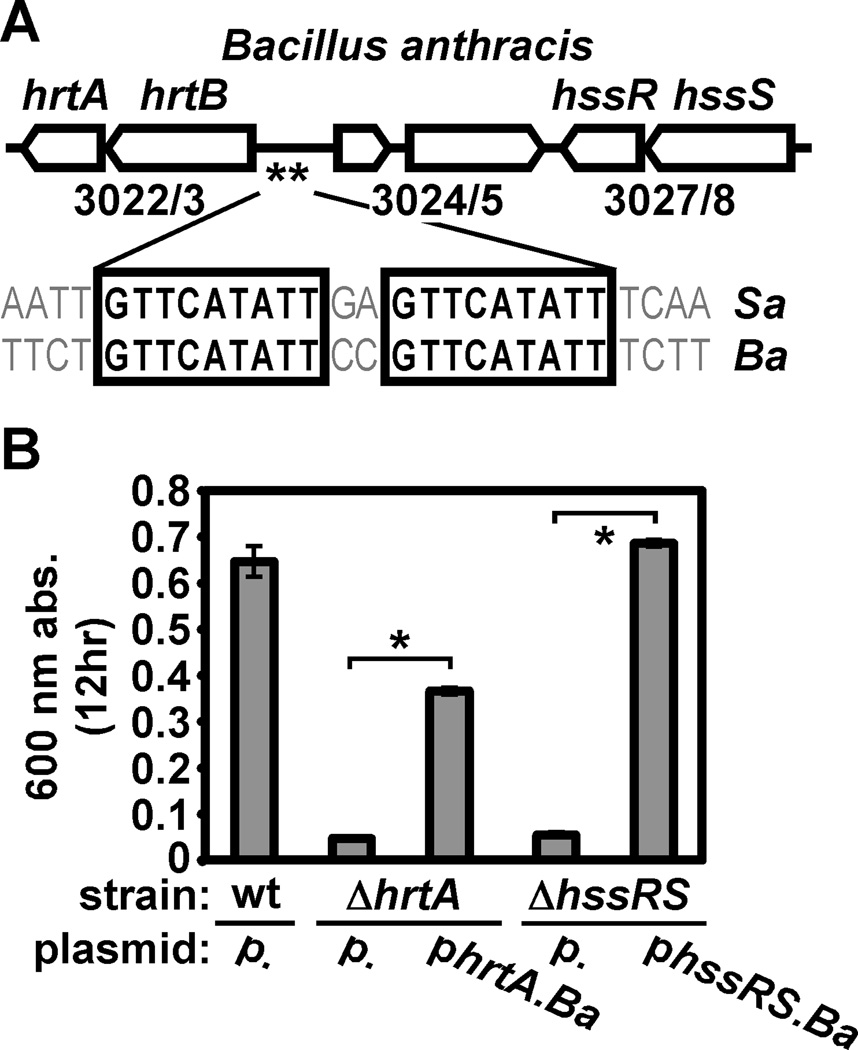Figure 1. B. anthracis requires HrtAB and HssRS for hemin resistance.
A. Schematic of the B. anthracis hss/hrt locus. Open arrows represent open reading frames (ORF). Designations above ORFs denote predicted gene function (hrtA: ATPase; hrtB: permease; hssS: histidine kinase; hssR: response regulator). Numbers below ORFs correspond to gene numbers in the B. anthracis Sterne genome. Double asterisks signify a putative HssR binding site (consensus sequence GTTCATATT(N2)GTTCATATT) upstream of hrtAB; alignment shows the known S. aureus (Sa) and predicted B. anthracis (Ba) HssR binding sites. B. Contribution of hrt and hss to hemin resistance of B. anthracis. B. anthracis wildtype (wt) harboring plasmid pOS1 (p.), ΔhrtA with either pOS1 or pOS1 encoding hrtA (phrtA.Ba), and ΔhssRS with either pOS1 or pOS1 encoding hssRS (phssRS.Ba) were grown for 12 hours in BHI. Bacteria were sub-cultured 1:100 into BHI containing 10 µM hemin (a hemin concentration known to inhibit S. aureus hss/hrt mutants) in triplicate, grown for 12 hours at 37 °C, and culture densities were determined and averaged. Error bars correspond to one standard deviation from the mean; asterisks denote statistically significant complementation by Student’s t test (p<0.05).

